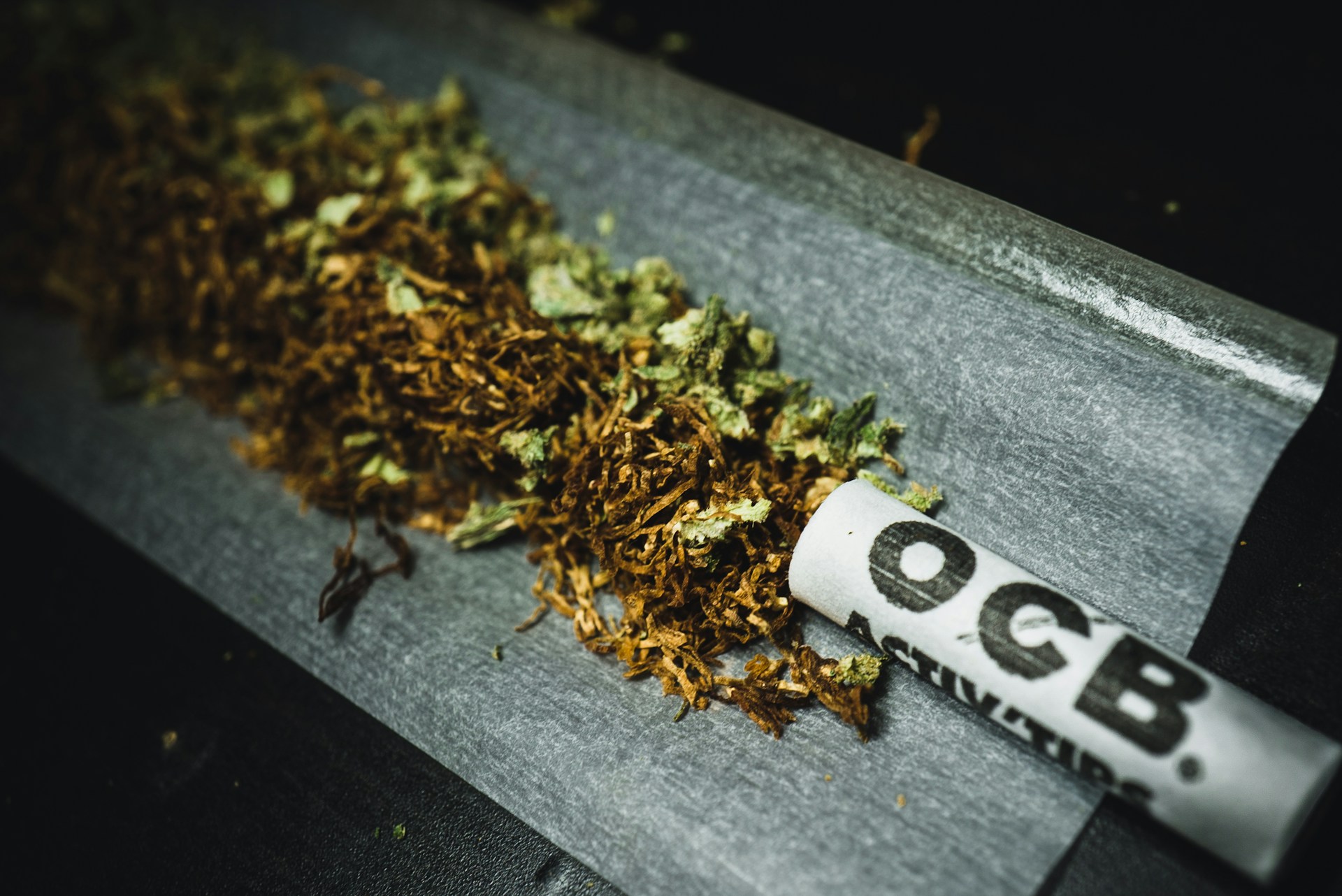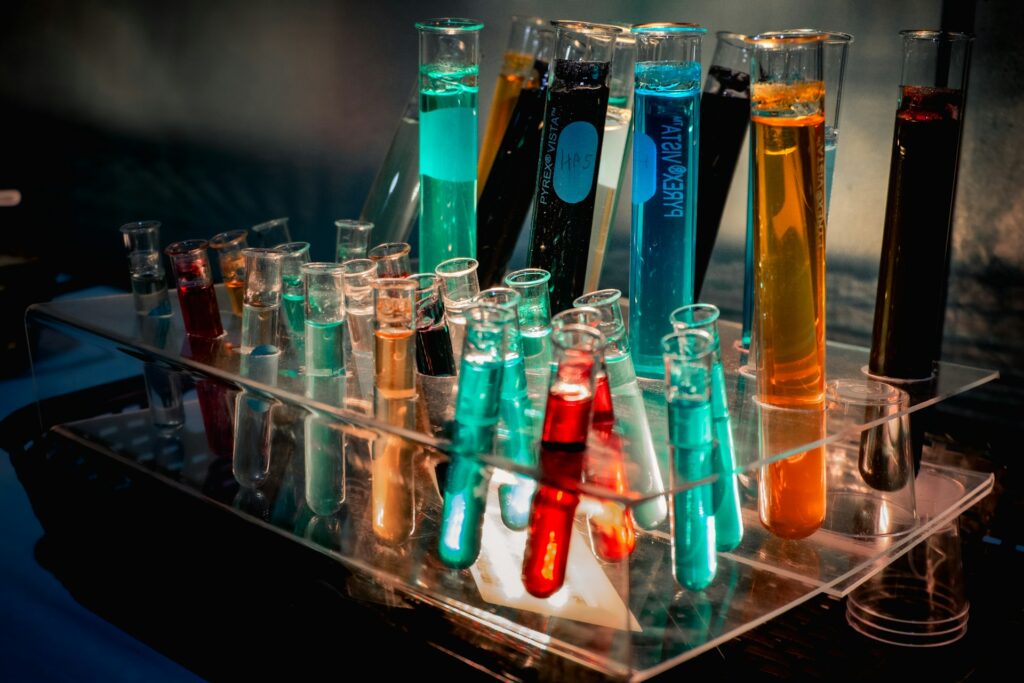Researchers at the University of Mississippi, led by Amar Chittiboyina, have uncovered how cannabidiol (CBD) interacts with the cannabinoid receptor type 1 to reduce the negative effects of tetrahydrocannabinol (THC) while preserving its therapeutic benefits. This discovery provides new insights for developing safer and more effective cannabinoid-based therapies.
Pandey, P., Zagzoog, A., Laprairie, R. B., Neal, W. M., Doerksen, R. J., & Chittiboyina, A. G. (2025). Determination of the Negative Allosteric Binding Site of Cannabidiol at the CB1 Receptor: A Combined Computational and Site-Directed Mutagenesis Study. ACS Chemical Neuroscience, 16(3), 311–328. https://doi.org/10.1021/acschemneuro.4c00343
The CB1 receptor is a G protein-coupled receptor predominantly located in the central nervous system. It plays a crucial role in regulating various physiological processes, including pain, mood, appetite, and memory. Both THC and CBD bind to this receptor, but they do so in distinct manners, leading to different physiological outcomes.
THC acts as a full agonist at the CB1 receptor, leading to a robust activation that can result in psychoactive effects such as euphoria, memory impairment, and potential dependency. In contrast, CBD functions as a negative allosteric modulator (NAM), binding to a specific site on the CB1 receptor and decreasing its activity. This modulation can dampen the psychoactive effects induced by THC, potentially reducing side effects like memory loss and nausea.
Amar Chittiboyina, from the University of Mississippi,
“This research will open a new avenue for anyone in the field of cannabis research. It actually opens up new prospects or a new horizon in modulating cannabinoid receptors and harnessing THC’s beneficial effects for pain management.”
The research team employed a combination of computational modeling and site-directed mutagenesis to identify the binding site of CBD on the CB1 receptor. Their findings pinpointed a novel allosteric site located between transmembrane helices 2, 6, and 7, and helix 8. Key residues involved in CBD binding include Y153, I156, M337, L341, S401, and D403. Mutations at these sites confirmed their critical role in CBD’s binding and its modulatory effects.
This discovery opens new avenues for the development of cannabinoid-based therapeutics. By targeting the identified allosteric site, it may be possible to design synthetic compounds that selectively modulate CB1 receptor activity, enhancing the therapeutic benefits of THC while minimizing its adverse effects. Such compounds could be particularly beneficial in managing conditions like chronic pain and anxiety, where THC’s analgesic properties are desired without the accompanying psychoactive side effects.
While this study provides a foundational understanding of CBD’s interaction with the CB1 receptor, further research is necessary to explore the full therapeutic potential of targeting this allosteric site. Future studies should focus on the development of synthetic modulators that can precisely regulate CB1 receptor activity, paving the way for more effective and safer cannabinoid-based treatments.
In conclusion, the identification of CBD’s binding site on the CB1 receptor marks a pivotal step in cannabinoid research, offering promising prospects for the development of targeted therapies that harness the benefits of cannabis compounds while mitigating their side effects.

Adrian graduated with a Masters Degree (1st Class Honours) in Chemical Engineering from Chester University along with Harris. His master’s research aimed to develop a standardadised clean water oxygenation transfer procedure to test bubble diffusers that are currently used in the wastewater industry commercial market. He has also undergone placments in both US and China primarely focused within the R&D department and is an associate member of the Institute of Chemical Engineers (IChemE).



